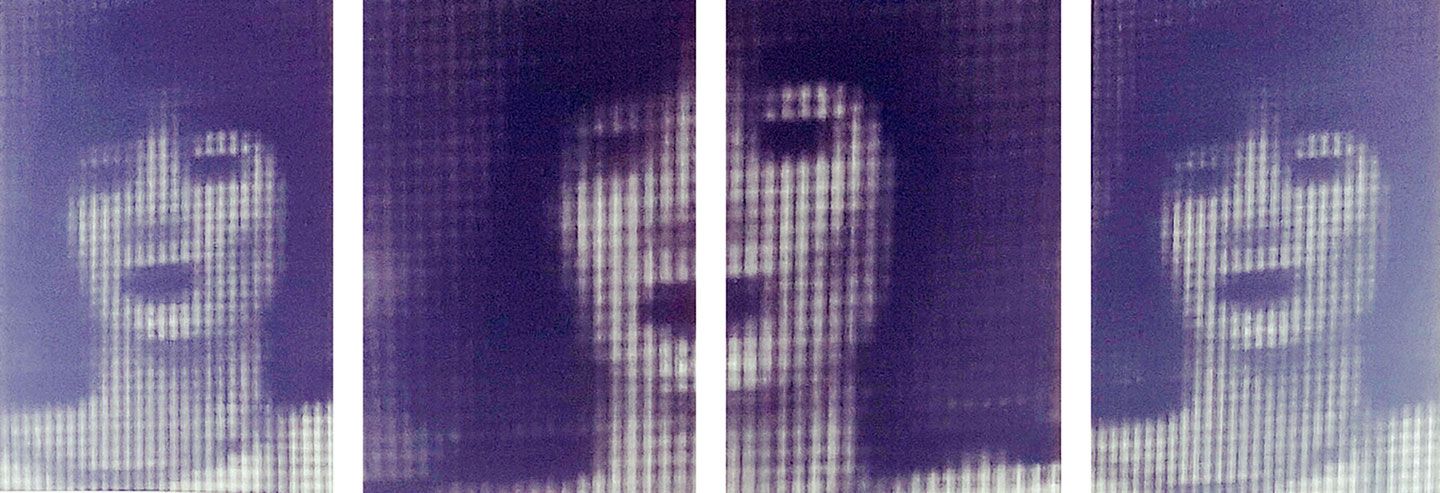Notes
1
See →.
2
See →.
3
See →.
4
“Facebook buys Israeli facial recognition firm Face.com,” BBC News, June 19, 2012 →.
5
See →.
6
See Trevor Paglen, “Invisible Images (Your Pictures Are Looking at You),” The New Inquiry, December 8, 2016 →.
7
See Hito Steyerl, “Too Much World: Is the Internet Dead?” e-flux journal 49 (November 2013) →.
8
See →.
© 2017 e-flux and the author
